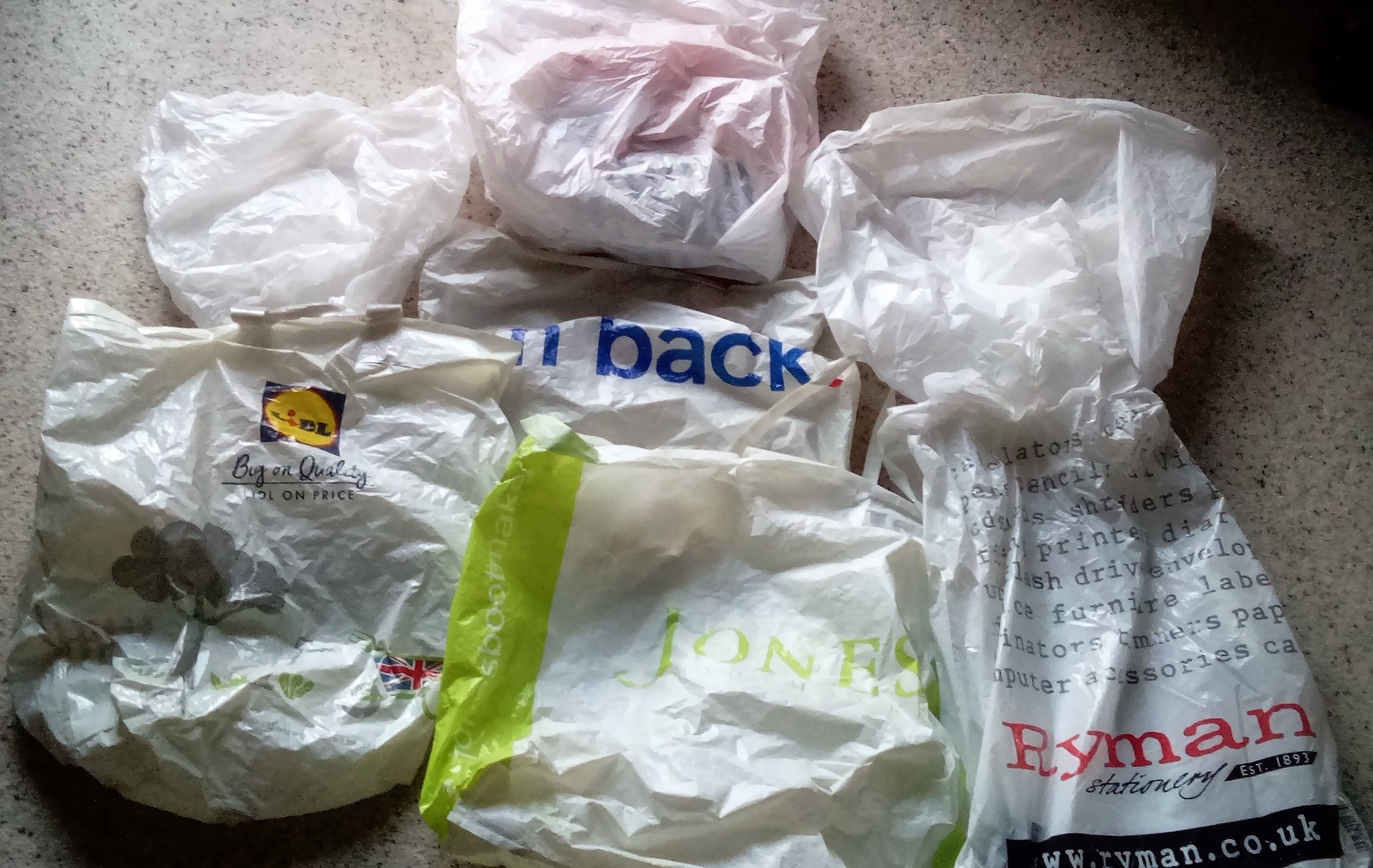
Just how does carbon capture and storage work?
The Government has just announced the sites for the third and fourth carbon capture and storage schemes.
But how does this system work and why is it necessary and will it mean householders don’t now need to worry about carbon emissions?
In this article Midlands green energy expert Ron Fox will try to answer these three important questions.
Projects Acorn in North East Scotland and Viking in the Humber have been chosen as the third and fourth carbon capture and storage sites to join the HyNet cluster in North West England and North Wales, and the East Coast Cluster in the Teesside and Humber.
The announcement is part of the government’s new Net Zero Strategy and aims to move the UK closer to meeting its legally-binding carbon commitments.
At the same time the Prime Minister, Rishi Sunak, has announced the government is granting 100 new North Sea oil and gas licences, a move that has been criticised by environmental campaigners.
“The good news is that this storage industry, with the Government providing up to £20 billion in funding, could support up to 50,000 jobs in the UK by 2030 and prevent carbon dioxide (CO2) from industrial processes and power stations being released into the atmosphere,” said Ron, of Noreus Ltd on the University of Keele Science Innovation Park.
“Another advantage is that the UK has one of the largest potential carbon dioxide offshore storage capacities in Europe.”
Burning fossil fuels like oil, gas and coal to generate electricity emits CO2, which is the main driver of climate change and the government is committed to remove this harmful gas from UK power production by 2035.
The carbon capture is a three-way process which works by separating the carbon dioxide from the other natural gases burned at power stations. It is then compressed and transported via pipelines, road transport or ships to a site for storage Finally, it is stored deep underground under the North Sea – either in old oil and gas reservoirs, or injected into permeable rocks known as saline aquifers.
The government has now agreed to go ahead with funding three carbon capture plants near Redcar on Teesside. One will capture carbon from a gas-fired power station and the two others from hydrogen production. All would require a pipeline to be built to transport the captured CO2 under the North Sea for storage.
Ron said there has been a big expansion in renewable energy in the last decade – in particular the use of offshore wind – but the problem is how to keep the lights on when the wind isn’t blowing.
Carbon capture power stations are seen as part of the solution, along with the increased use of nuclear energy and other rapidly-evolving technologies such as hydrogen.
“It is encouraging,” said Ron, “although the UK emitted 425 million tonnes of CO2 in 2021, that is down by almost 50 per cent since 1990. But the down side of the proposed carbon capture plants is that none claims to capture more than two million tonnes a year.
“As the government has set a target to capture between 20 and 30 million tonnes of CO2 a year by 2030, that could involve other industrial processes and I am afraid to say householders will still be needed to help cut carbon emissions.”
If you want any advice on cutting your carbon footprint, contact Ron on 0845 474 6641.
Caption: How carbon capture works. Picture: Wikipedia




